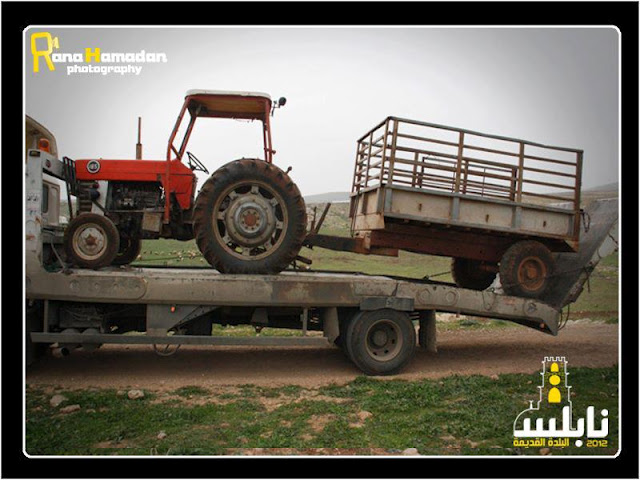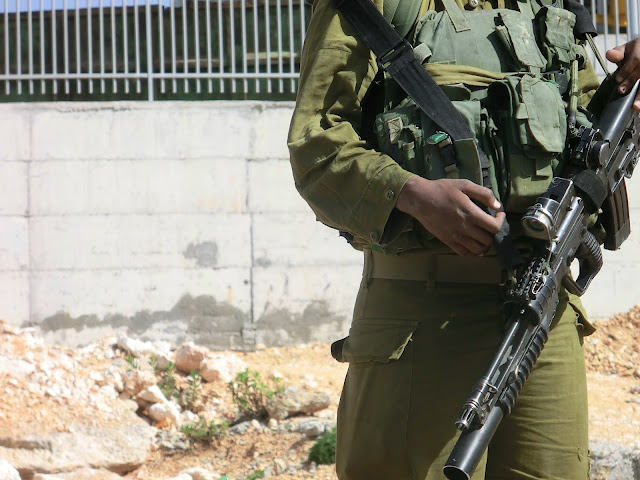Tag: Video
-
Jordan Valley: Demolitions and arrests of two Palestinians
by Satu and John 15 February 2012 | International Solidarity Movement, West Bank On February 14, 2012, in the small village of Twael of the Aqraba district, southeast of Nablus in the Jordan Valley, the home of the Bunni Jaber family was destroyed by an Israeli backhoe protected by 20 soldiers in four military vehicles.…
-
Solidarity with Khader Adnan in the No Go Zone
by Nathan Stuckey 14 February 2012 | International Solidarity Movement, West Bank Two months ago, few of us knew the name Khader Adnan. Today, he is an inspiration to all of us. Two months ago he was kidnapped from his home by Israel. He was charged with no crime. He was abused by his captors…
-
Bruqin avoids arrests: Planting hope for Khader Adnan
by Jonas Weber 13 February 2012 | International Solidarity Movement, West Bank Villagers of Bruqin and supporters went out today to plant trees in the field by the factory. While trees were planted alongside pictures of Khader Adnan, two young men sneaked over to the fence of the factory and put up Palestinian flags. In…


